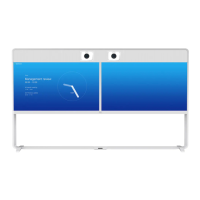






Do you have a question about the Cisco Telepresence MX800 and is the answer not in the manual?
| Pan range | -90 - 60 ° |
|---|---|
| Product type | Video conferencing service management system |
| Product color | White |
| Wall mountable | Yes |
| Tilt angle range | -14 - 12 ° |
| Number of persons | - person(s) |
| Aspect ratio | 16:9 |
| Maximum frame rate | 60 fps |
| Supported video modes | 720p, 1080p |
| Video formats supported | H.261, H.263, H.264, H.265 |
| Resolution at capture speed | 1920x1080@60fps |
| Supported graphics resolutions | 352 x 288, 512 x 288, 1024 x 576 (WSVGA), 1024 x 768 (XGA), 1280 x 720 (HD 720), 1280 x 768 (WXGA), 1920 x 1080 (HD 1080), 1920 x 1200 (WUXGA) |
| Megapixel | - MP |
| Sensor type | - |
| Digital zoom | 2 x |
| Optical zoom | 10 x |
| Image sensor size | - \ |
| Closest focusing distance | 1 m |
| Ethernet LAN data rates | 10, 100, 1000 Mbit/s |
| Display diagonal | 70 \ |
| Storage temperature (T-T) | -20 - 60 °C |
| Operating temperature (T-T) | 0 - 40 °C |
| Operating relative humidity (H-H) | 10 - 90 % |
| AC input voltage | 100-240 V |
| AC input frequency | 50 - 60 Hz |
| Power consumption (max) | 591 W |
| Power consumption (typical) | 571 W |
Guidelines for successful video conferences, including general etiquette and room setup.
Guidance on camera presets, loudspeaker volume, and monitor brightness for optimal call experience.
How to initiate, receive, and manage calls, including transfers and conference features.
Managing microphone privacy, call hold, do not disturb, standby, and call rates.
Adding participants, managing layouts, locking speakers, and disconnecting participants.
Feature allowing wireless control and content sharing with your device.
Introduction to Cisco Spark app features for collaboration, chat, and video calls.
How to share content, change layouts, and present outside of calls.
Viewing meeting lists, joining scheduled meetings, and managing parallel meetings.
Accessing the corporate directory and managing personal favorites and call history.
View, set, and manage camera settings, presets, and selfview.
Utilize speaker tracking, snap to whiteboard, presenter track, and remote camera control.
Configure ringtone, sound, camera, display, language, and source selection.
View system information, call status, diagnostics, and restart options.
Access advanced settings for tracking, date/time, network, protocols, and system reset.

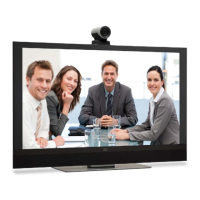
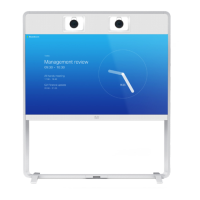
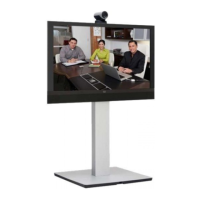
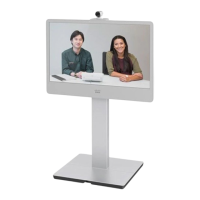

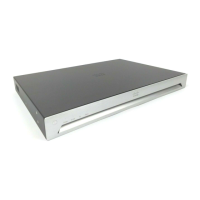


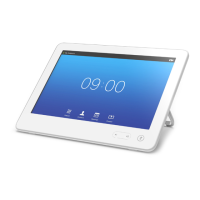
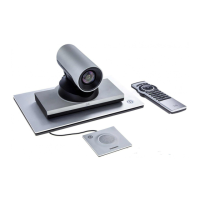

